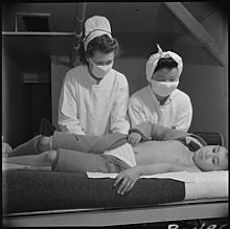The Boston-based Pioneer Institute has released a study of price transparency at 54 hospitals in six U.S. metropolitan areas. The study found that of the hospitals included, only nine had systems to provide price information in a consumer-friendly way.
The study covered the Dallas-Fort Worth area; Des Moines, Iowa; Los Angeles; New York City; Orlando, Fla., and Raleigh/Durham, N.C. In more than 60 percent of the hospitals in the study, it took up to 11 phone calls to get price information or the search was abandoned entirely.
The study touted the following hospitals for providing price information in a relatively fast and otherwise consumer-friendly way:
• Cedars Sinai (Los Angeles).
• Dallas Regional Medical Center.
• Dr. P. Phillips Hospital (Orlando).
• Duke University Hospital (Raleigh/Durham).
• The Iowa Clinic (Des Moines).
• Mount Sinai (New York).
• NYU Langone (New York).
• Wake Med Cary Hospital (Raleigh/Durham).











